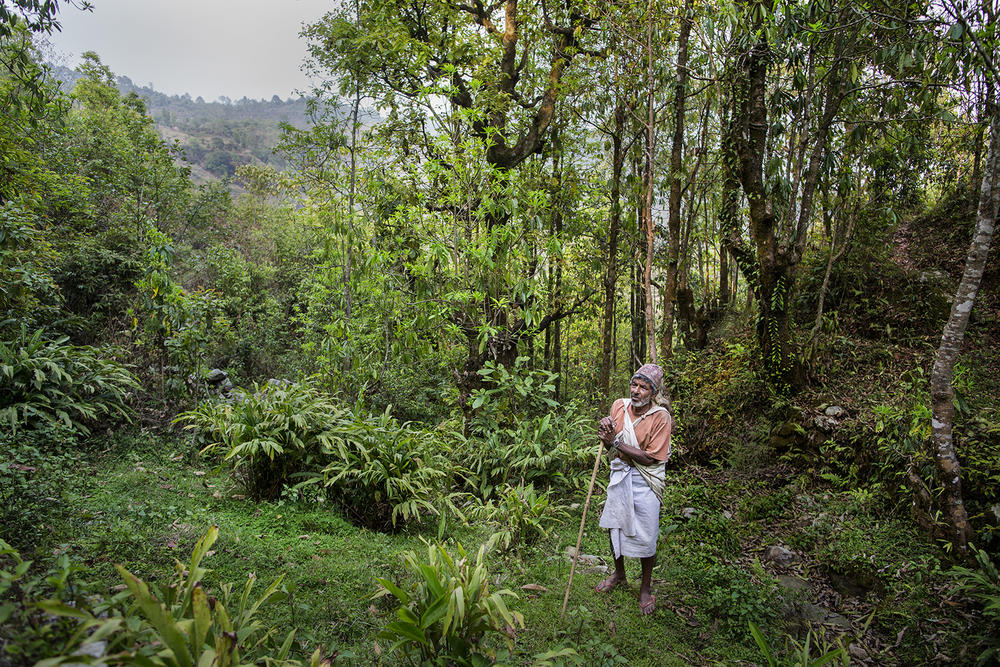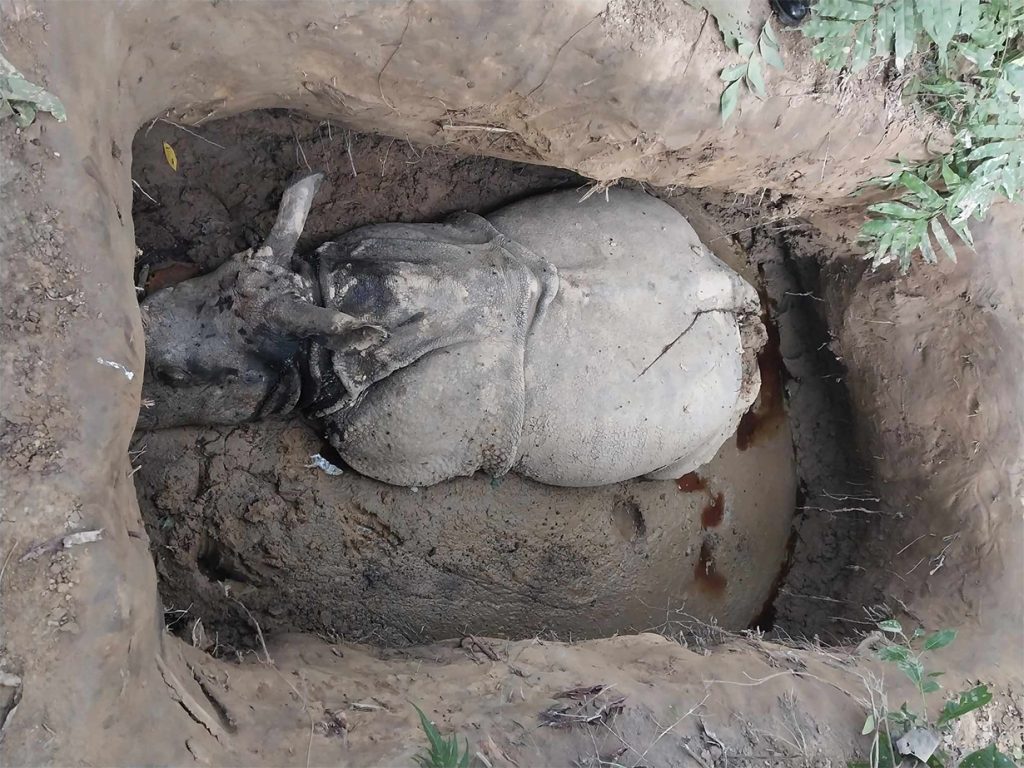The Family Forest can Enhance the Social Forestry in Nepal


Social forestry is a successful participatory approach for the protection of forest and its management in the developing country. It can widen a participatory approach in the local development of Nepal. The local people, who are the forest user group, can generate the income along with protecting the forest. In case of social forestry, still we have very poor management system. Nepal could not make the proper management system to channel it to the day to day livelihood affairs. In the local areas, we have forest user group, the main aim of making such group is a way of making community forest. The difficulties here is that they have been united to safe guard the forest, but could not make any kind of income generation activities from such social forestry. Every member remains passive. They just join the periodical meeting of community forest committee. For the batter management, the local forest and its use should be channeled with the daily livelihood of local people. The JANA, HIWAN and JUNJLE should go in a compatible way. Then only local community can feel the importance of the community forest. Such importance should be created from every individual, from the family forest approach. Hence, it can go side by side with the local community forest development and management.
Forest users can generate income from the sale of forest products and from membership fees, fines and donations. Community development activities such as irrigation canal improvement, schools, community building and temple construction, drinking water schemes, etc are carried out with the community forestry income. We have practiced this system from the decades, but the reality is that it could not help the daily livelihood of local people.
Government forest areas that are close to human settlement and have been degraded over the years due to human activities needed to be afforested. Trees should be planted in and around agricultural fields. Plantation of trees on open areas and roadsides, and river and canal banks, privately owned properties should be carried out.
Social forestry also aims at raising plantations by the common man so as to meet the growing demand for timber, fuel wood, fodder, animal farming or other agricultural work, thereby reducing the pressure on the traditional forest area. This concept of social forests to meet the needs of the rural people is not new. But we have not put it into real practice. It has two side roles. One is- the forest can help the livelihood of common man, and the second is- the common man can contribute to be the tree alive and afforest the trees making the open areas green.
The new constitution of Nepal has commenced the new policy in the field. The article 51 of the Constitution of Nepal states about "the conservation, magnification and consumption of the natural resources". Particularly in the article, (G-6), states that "for the environmental balance, it ought to mention the forest-land in required areas". From this policy, now we have constitutional mandatory to establish the necessary laws in the field.
The introduction of new laws in federal structure in the future will formally recognize the local communities’ rights to forest resources, and now is encouraging rural participation in the management of natural resources, particularly the forest resources. In the future, the federal and state government will and should focus on the development of social forestry planning.
Our two neighboring countries Pakistan and India have already made the world record by planting millions of trees in a single day in the open areas. We even should bring such programs to remake the country GREEN. We, every citizen should think once- How many trees did I plant in my life time? Did I do any single? We should drive the citizen towards planting and afforestation. We must develop the individual habit to celebrate the best moment of life by planting the tree/s. We should have the individual tree or the family forest in the village areas. We must plant trees in the private open areas and land in city areas too. At least we should have some trees in every house. The government should bring mandatory rules to save the greenery. Even the individual forest property and the trees should be registered in government records and should not chopped down without the government permission. From the approach of Individual trees, Family forest, Farm Forestry, Agro Forestry, we can make and develop Social Forestry in Nepal. Then only, we can GO GREEN. If not, we will have NO GREEN.

 Rajan Sharma
Rajan Sharma




Feedback